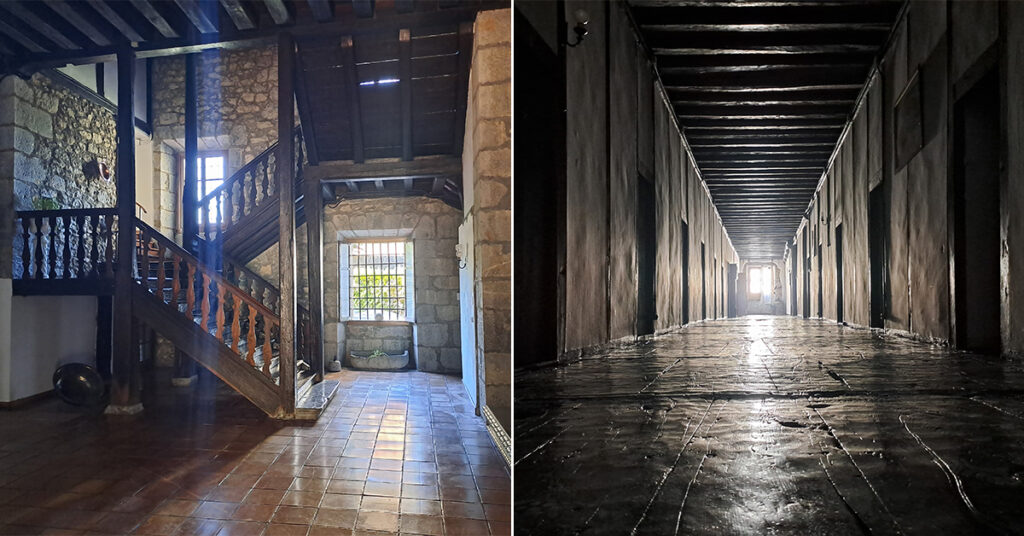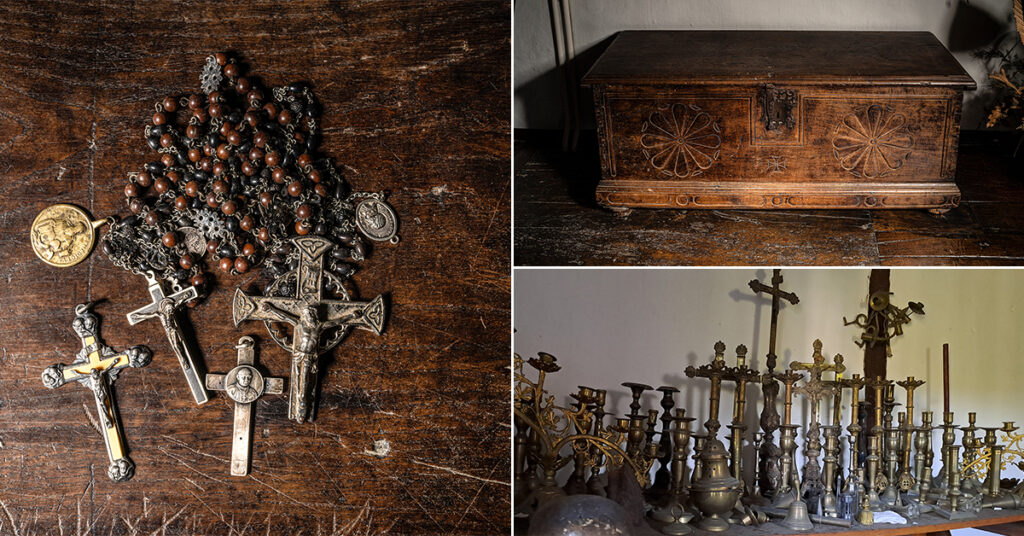Basque ethnography at a glance
At the end of November 2023, the doors of Santa Clara Convent in Tolosa (Gipuzkoa) closed for the last time, after over four centuries of being home to the religious order and the remaining four nuns were moved to another convent. Before they left – and with their cooperation –, I had the opportunity to make an extensive inventory of all the artefacts within the walls of the convent that had been home to the cloistered religious community, the Order of Saint Claire (the Poor Clares). A heritage intervention thus took place from May to October of that year with the goal of preserving the memory of that convent; the outcomes were four different books being produced and published, the recording of the oral memory of the last four nuns, the making of a documentary and the organisation of an exhibition.
From an ethnographic perspective, it should be acknowledged that such interventions are the dream of anybody who devotes their life to ethnography and, in particular, to intangible cultural heritage. There is only space here for a glimpse of the treasures that we – the photographer Joseba Urretavizcaya, tasked with taking photographs to document it all, and yours truly – found there.
As a starting point, the ethnography associated with this convent could be divided into two very specific parts – and which is what we did –; on the one hand, everything linked to the daily life of the convent beyond the religious aspect; and, on the other hand, the religious life itself, specifically in this case, that of the life in a cloistered convent belonging to the Order of Saint Clare. The timeframe of both thematic aspects dated back over at least the last four centuries.
Regarding the first of the aspects, the inventoried items in the Convent of Santa Clara allowed us to put together all the ethnography regarding the garments, i.e., the making, storing, spinning (wool and linen), washing, ironing, starching, creasing, etc. We then turned our sights to the world of cleanliness and hygiene, which plunged us into the world of Basque ceramics (pitchers, basins, etc.), which was also the case when it came to preserving food (different storage jars). However, there should be a special section on the culinary heritage, and we should bear in mind that they had a vegetable garden and orchard, and also kept a range of livestock. That brings us to the accounts of when they slaughtered the pig, when they harvested honey from the hives, when they made bread and, even when they infrequently made cheese, or when they roasted barley for coffee; items used for most of those activities were kept in the convent. In turn, rummaging through everything kept there brought us to the world of hearth stoves used for cooking, to the field of folk medicine in which they were well versed, and to many other aspects linked to arable and livestock farming.
And, lastly, there is the ethnography associated with popular religiosity, with its myriad of conserved pieces. The Convent of Santa Clara had a great wealth of items in that regard. Let us begin with the liturgical objects and accessories: chalices, ciboria, censers, thuribles, cruets, reliquaries, monstrances, chasbules, copes, dalmatics, manuterges, corporals, stoles… along with a long list of items of great age and value. Another important section consists of the saints’ relics, most of which come with their own autentica (certificate of authenticity). Then there were items that took us to the world of the scapulars, safeguards (cloth emblems with the image of Sacred Heart of Jesus), mortification, of the Liturgy of the Hours, of Holy Week, of the “Franciscan Crown”, of the “O Antiphons”, of religious imagery…
However, one of the gems of the heritage within the convent was all that tangible heritage associated with the past world of the pastorelas, musical plays that were performed on Christmas Eve and closely linked to the world of the Franciscan monks (the Poor Clares were the nuns of that order); in other words, we are talking about old religious instruments and at least some of them from the 19th century. We cannot end this ethnographic overview without noting that the Franciscan Order – and by extension the Poor Clares as well – introduce the tradition of nativity scenes in the 12th century; the figures of the nativity (or “mystery”), shepherds and the worshipping by the Magi owned by the convent were therefore no surprise.
Special mention should be made of the tradition of taking eggs to the Poor Clares so that they would pray for good weather on the wedding day.
Thanks to the oral memory of the last four nuns – in addition to all those items – the intangible heritage of this convent has been preserved and secured. The only thing left is for me to express my great gratitude to those four nuns for their willingness, their affability and their kindness.
Fernando Hualde – Ethnographer



